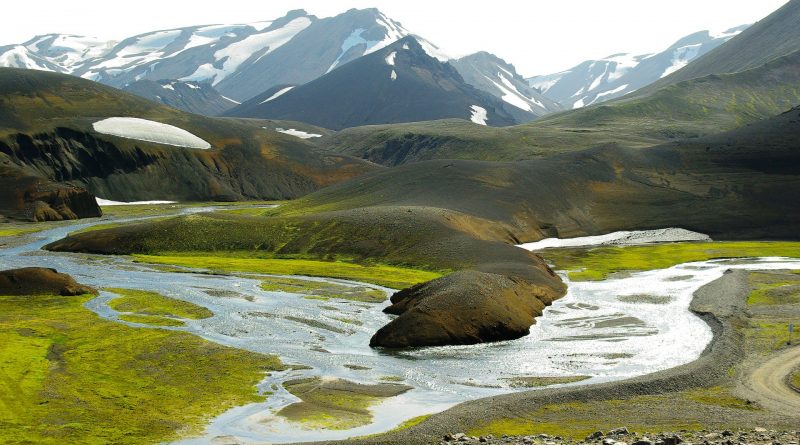Subarctic climate
Subarctic climate
The subarctic climate belongs to the class of boreal climates characterized by extremely low temperatures.
The subarctic climate, in the Köppen classification, is divided into two distinct subclasses: Dc and Dd. These are the coldest climates in the Northern Hemisphere, with the exception of Greenland. Subarctic climates are characterized by large coniferous forests.
– Dc climate: the subarctic climate Dc includes non-coastal Norway in Eurasia and a large part of Sweden, Finland and northern Russia. In North America, Alaska and a large part of Canada have this type of climate. Similar conditions are found at medium-high altitudes on mountain ranges (for example, in Italy, between 1,600 meters and 2,100 meters).
– Climate Dd: the subarctic climate Dd includes the coldest locations of the Trans-Siberian climate and other extremely cold climates all concentrated in eastern Siberia. Köppen assigned the letter Dd to a climate with a temperature of the coldest month below −38 ° C. Verchojansk has an average temperature in July of 15.5 ° C and an average January temperature of −50.5 ° C, with peaks close to −70 ° C (−69.8 in 1895 ) and there are 7 months out of 12 with an average temperature below zero.
The Subarctic climate therefore includes the northernmost portions of the continents located in the northern hemisphere, near the Arctic circle.
The states that regard Europe are: Iceland, Sweden, Norway, Finland and part of northern Russia.
The subarctic climate is characterized by very long and cold winters, by short and cool summers. Depending on the latitude, the temperature values
Precipitation is infrequent throughout the year and is determined by the influence of the Gulf Stream; from autumn to spring the precipitations are snowy. They are scarce, on desert values between 100 and 250 mm, while there are frequent wind storms that raise the snow in the air give rise to the so-called Blizzard.
Winter temperatures generally always drop below 0, even down to -30 / -40. In the summer they slightly exceed 0, reaching up to +10 degrees in the hottest month.
The presence of snowdrifts and glaciers accumulated over the years with the current rise in temperature are melting more and more, also causing sea level rise.
Flora and fauna –
In the subarctic climate, plant life is reduced to a minimum by adapting to the short summer season, which guarantees a lot of light for a certain period, thanks to the sun that never sets near the summer solstice. The vegetation is that of the tundra where to predominate are: mosses, lichens, shrubs such as blueberries, willows, poplars, larches and birches which, however, due to low temperatures grow in a reduced size. Characteristic of the tundra is the permafrost, a layer of the ground completely frozen thus limiting the development of vegetation.
In general we must say that the animal species that manage to survive in the tundra, concentrate the main reproduction activities during the very short summer. Reproductive cycles are particularly rapid and development is fast. These include: rodents, snowy owl, reindeer, hare, polar fox and polar bear.

